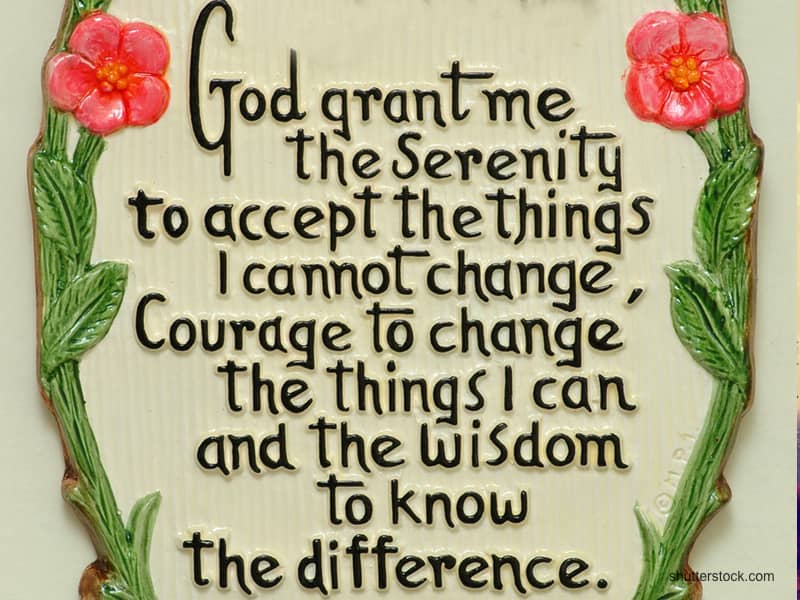Official Stance on Divorce:
"When a married couple is estranged beyond reconciliation, even after thoughtful consideration and counsel, divorce is a regrettable alternative in the midst of brokenness."
(From The Book of Discipline of The United Methodist Church)
Churches are encouraged to offer pastoral care and mediation to resolve painful issues between the parting spouses, and divorce ceremonies are viewed by some ministers as part of that mandate.
When? Whenever you're ready. Close to your legal divorce date or several years later.
Who Participates? One or both partners and a minister. This ceremony emphasizes community and congregational wholeness, so supportive friends and family from both spouses' sides can be invited to share the occasion, along with any children who are old enough to understand--if they're mature enough to not disrupt the service. Children fear the worst when their parents divorce; this ceremony can help them understand concretely their parents' regrets while emphasizing that they themselves are wanted and loved.
Where? Chapel setting, with three candles at the front; only the middle one is lit. The altar is arranged for Communion, with the addition of a large (flameproof) dish or pot with a lid. Pencils, pads of paper, and envelopes are placed in the individual pews.
The ceremony:
The congregation is welcomed and the purpose of the liturgy is explained: "We gather to remember the marriage of _____ and _____. We gather to mourn their divorce." The holiness of the couple's marriage is acknowledged, along with the bitterness of divorce: "You now cry with us at the premature end of this holy marriage by divorce and stand ready to provide healing to _____, to ______, and to all who call on your name." This is followed by a silent prayer.
Scripture passages deal both with the importance of marriage and with God's forgiving nature: "For my yoke is easy and my burden is light." (Matthew 11:30) In place of a sermon, thoughts of celebration, regret, and affirmation can be shared by the partner(s) or celebrant as well.
Communion is celebrated over bread with wording appropriate to the healing message of this ceremony: "Lord, this bread is full of human frailty. Bring your perfect love and bless our human failings. Create in this basket the perfect host and sustain us for the journey."
Before eating the bread, congregants are asked to focus on it in their minds as "that piece of yourself from which you need freedom and release." This can be a specific behavior, like rebellion or pride, or they may describe it in painful detail. The bread is then eaten.
Finally, the couple themselves (or perhaps a representative of the family of the other spouse if he/she is not present) come forward to light the two outer candles which have remained unlit. The middle candle, the candle of the marriage, is extinguished. Only the separate candles burn on; the couple's life together is over.
Word to the Wise: Scott Small, who created this ceremony, warns that even though you feel you need this ritual, others may not be as receptive to the concept: "Don't be surprised if some of your best friends don't come or don't want you to do it." They may feel you're just re-opening old wounds or even object on religious grounds (feeling this implies church sanction for divorce). Also, he cautions, "Don't invite your ex-spouse unless you are absolutely certain it will help you heal."

